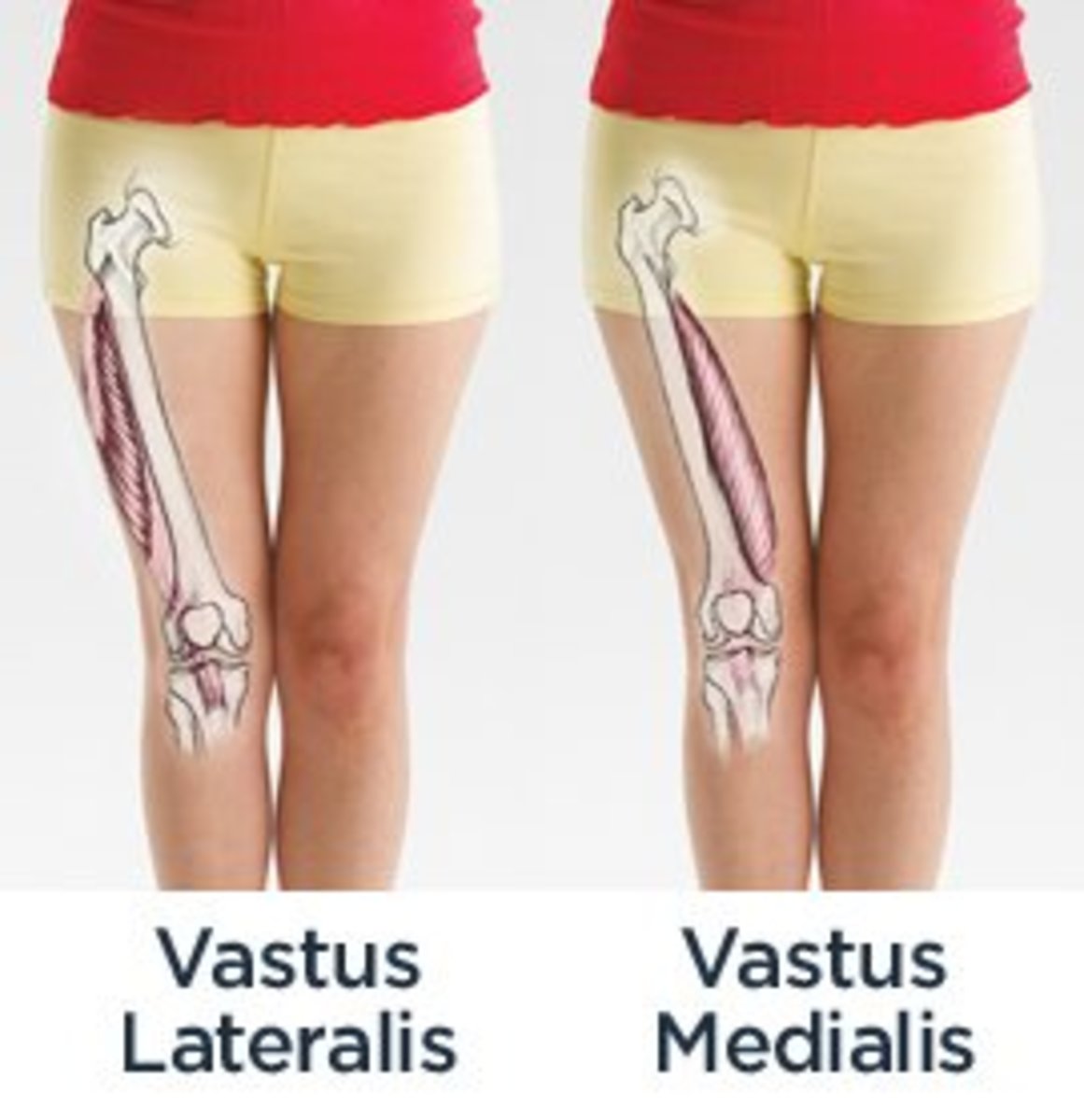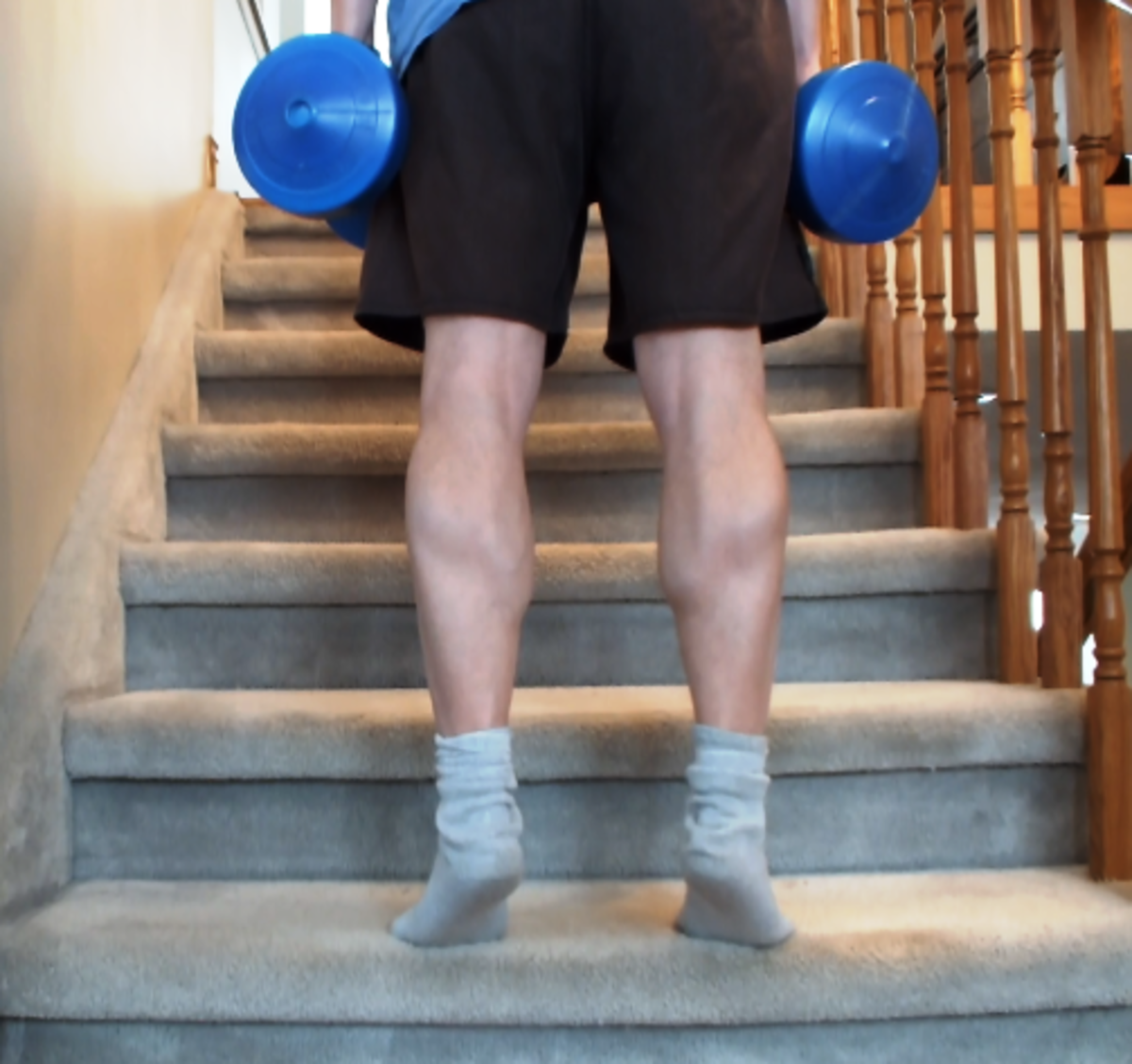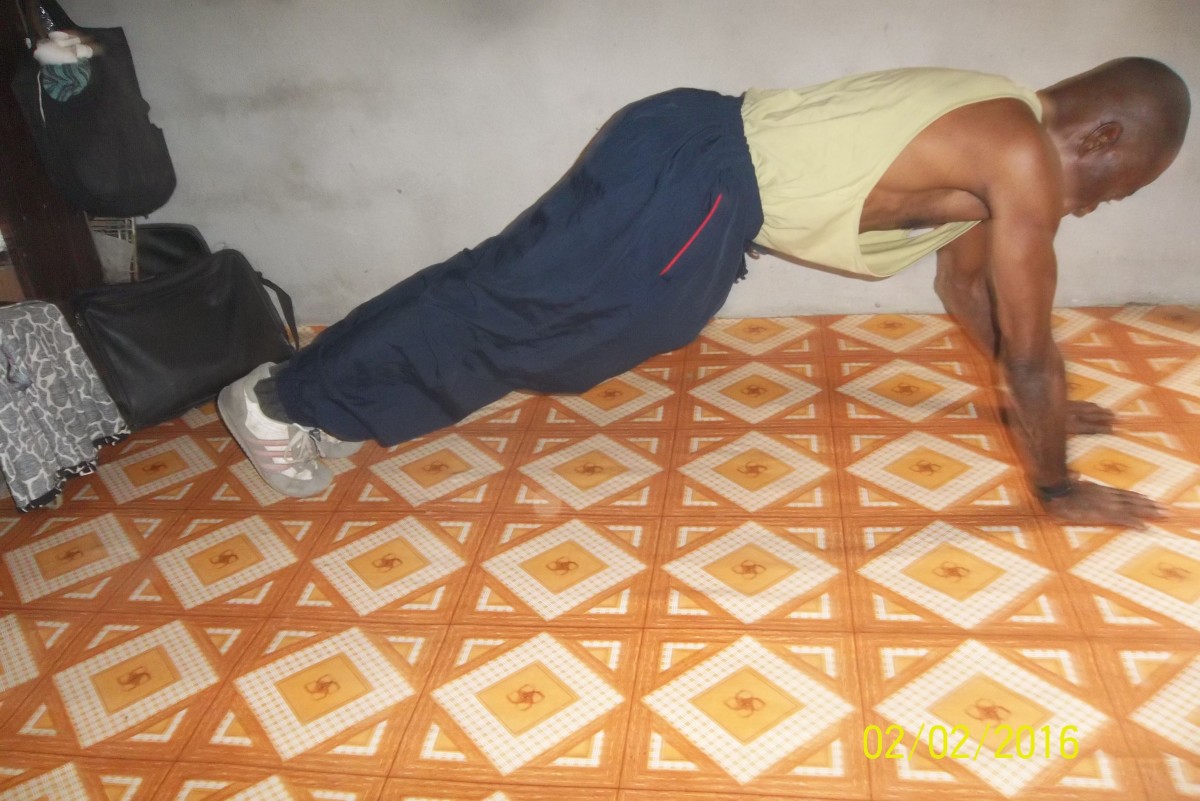Recovering from Runner's Knee

If you have patella femoral syndrome -- more commonly known as runner's knee -- you may become frustrated with ongoing discomfort, especially if pain medication seems to be of little help. Certain exercises may help improve your symptoms, but check with your doctor before beginning any exercise regimen. Patella femoral syndrome is most common in individuals who participate in physical activities that place pressure on the knee, such as running, so you should visit your doctor for an accurate diagnosis of the cause of your knee pain -- especially if you are not physically active. It is possible that your symptoms could have a different cause, and therefore require different treatment.
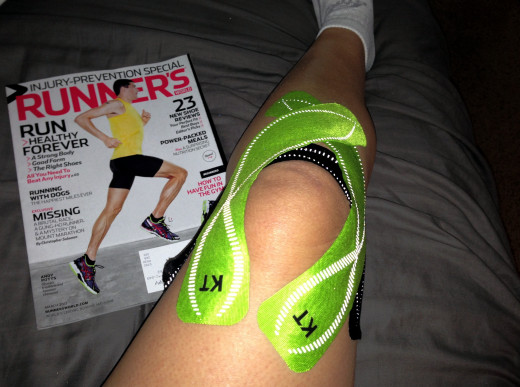
Symptoms
Patella femoral syndrome causes pain and inflammation of the knee due to an incorrectly positioned kneecap, or patella. This pain tends to intensify after you squat or sit for an extended period of time. Sometimes the pain may be accompanied by a grinding sound or swelling of the knee.
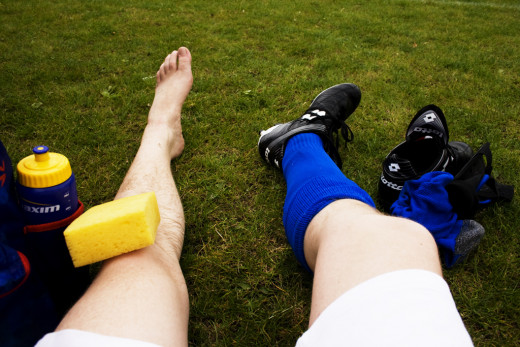
Stretching
Exercise to relieve or prevent patella femoral syndrome should begin with stretching; proper stretching can help strengthen and loosen the muscle and ligaments throughout your leg. For example, you can stretch your hamstrings by sitting flat on the floor with your legs straight out in front of you, then gently reaching forward toward your feet. The quadriceps muscles in the front of your thighs are easy to stretch by gently bending your knee and pulling your ankle toward the hip. However, you should rely on your doctor or therapist for advice about what type of stretching, and how much, you can handle.

Strengthening
Your doctor will likely recommend that you strengthen the muscles throughout your leg to help relieve strain on your kneecap. For example, you can perform straight leg raises by lying on your back with one leg bent. Use your quadriceps muscles to raise that leg to the level of the bent knee; pause before lowering it back down. Repeat for the number of reps your doctor recommends, then switch to the other leg. The hip flexion exercise can also help strengthen your leg. Simply sit on the edge of a chair or table. Lift one knee straight up toward the ceiling as high as you are able, pause, then lower it back down.
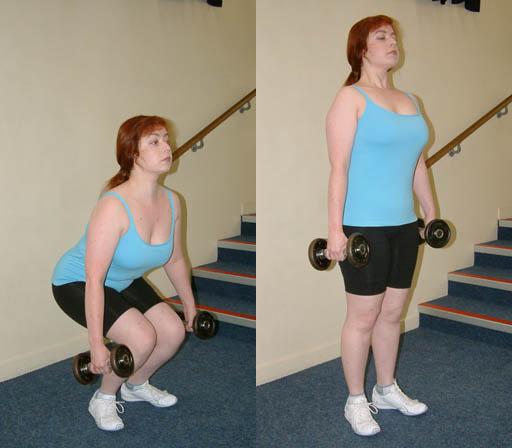
Final Considerations
If you are experiencing pain from patella femoral syndrome, do only the forms of exercise that your doctor says will help heal your condition. Some types of exercise, such as deep squats or intense running, may be too high impact and could actually worsen your condition. If you are unsure whether an exercise is acceptable, check with your doctor before performing it.
Have you dealt with runner's knee in the past?
References
Drugs.com: "Patellar Femoral Pain Syndrome"
Nicholas Institute of Sports Medicine and Athletic Trauma: "Physical Therapy Corner: Patellofemoral Pain Syndrome"
Rice University: "Patello-Femoral Syndrome"
FamilyDoctor: "Patellofemoral Pain Syndrome"
Summit Medical Group: "Patellofemoral Pain Syndrome"
American Academy of Orthopaedic Surgeons: "Runner's Knee (Patellofemoral Pain)"
Kingsley Physiotherapy: "Patello-Femoral Syndrome"
American Academy of Family Physicians: "Patellofemoral Pain Syndrome"


